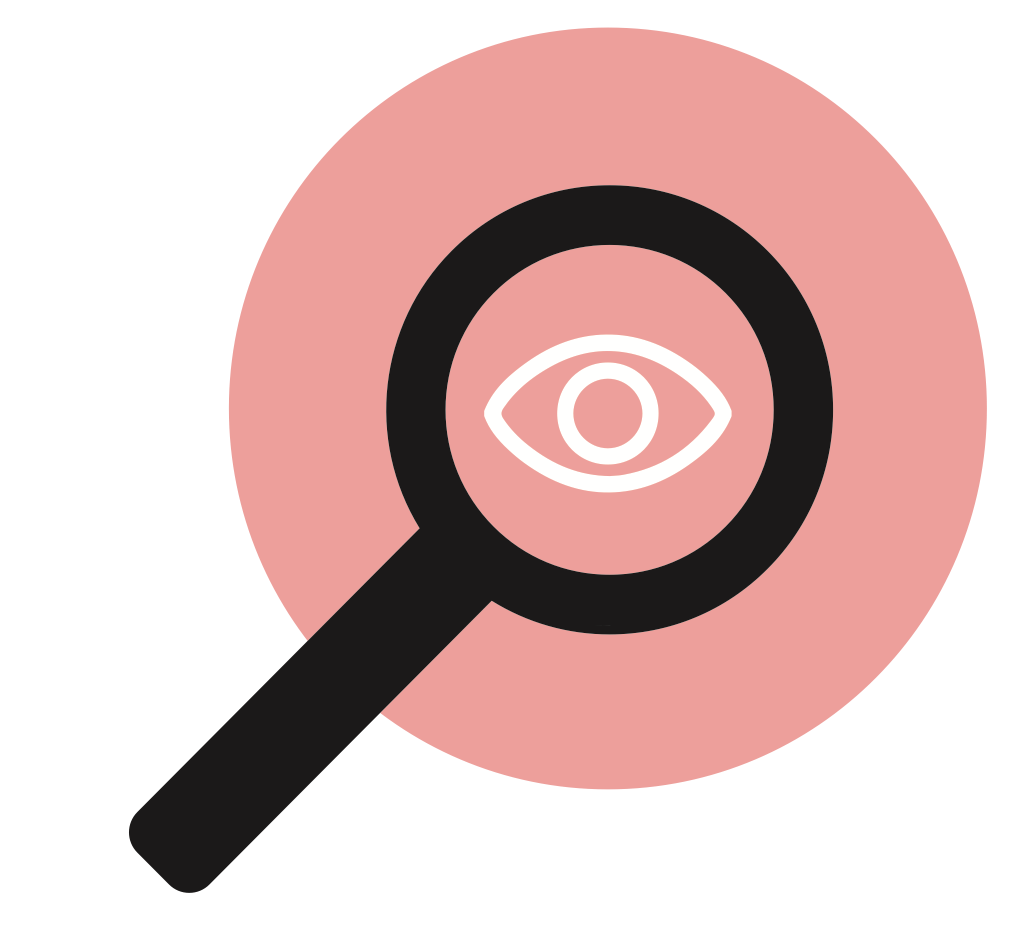Silence, stillness, peace and reflectiveness
Previous / Next
The Self
Part 23 - Silence, stillness, peace and reflectiveness

Blaise Pascal wrote that “all of humanity’s problems would be solved if we could sit alone in a quiet room.” Yet, as a rule, we can’t sit still or quietly for any great length of time – and so our problems remain.